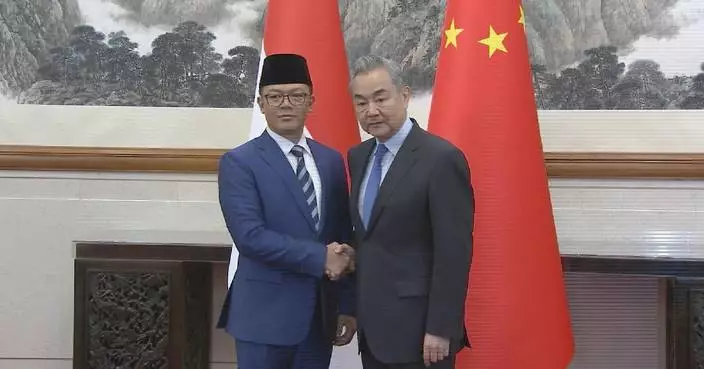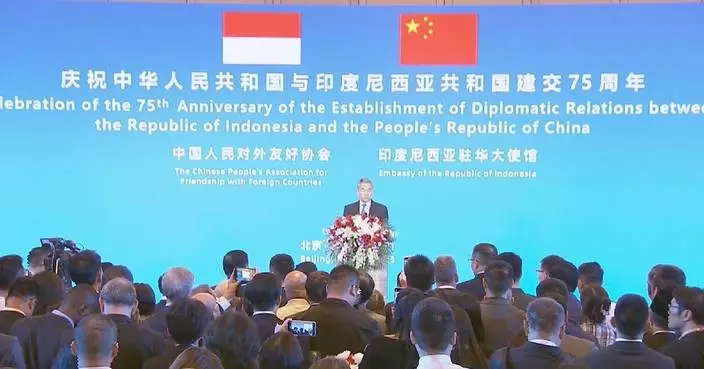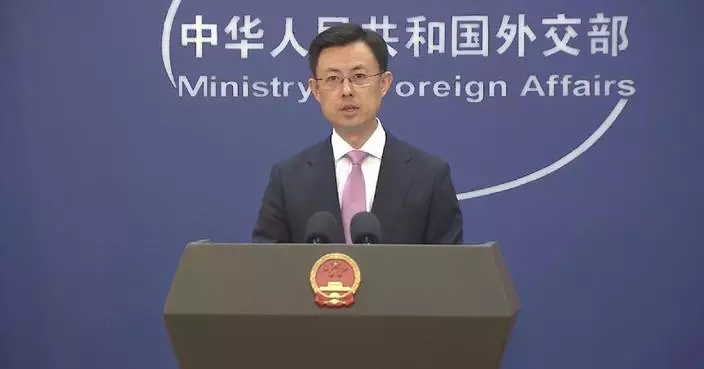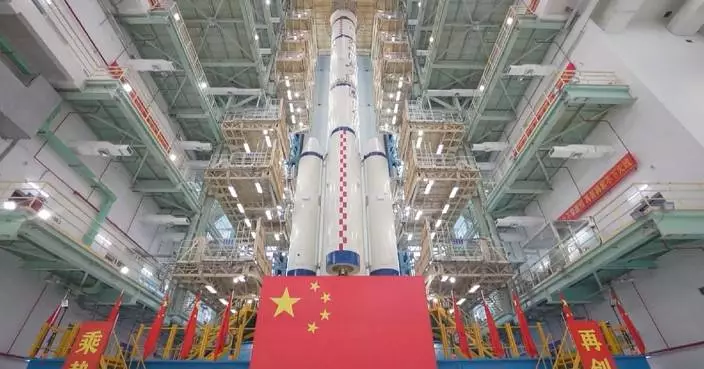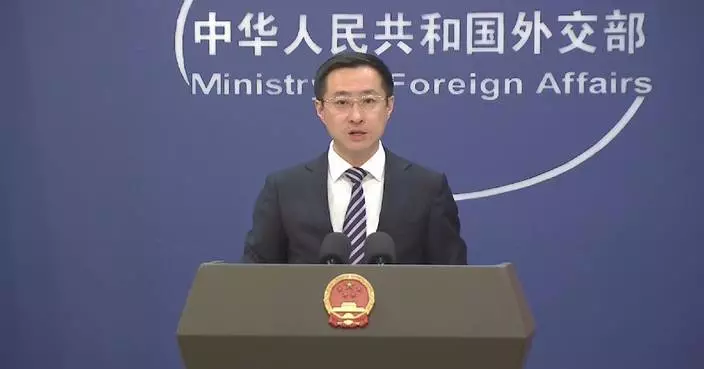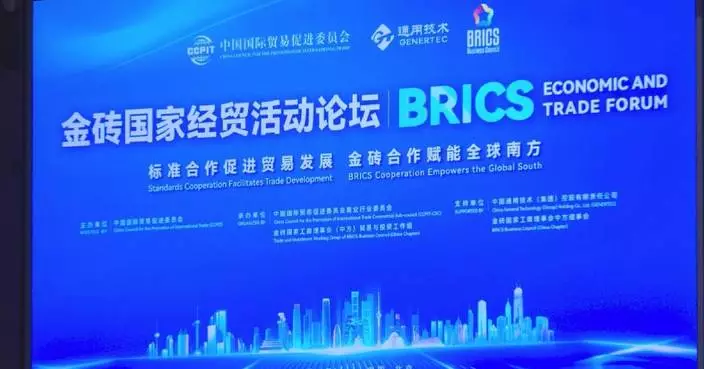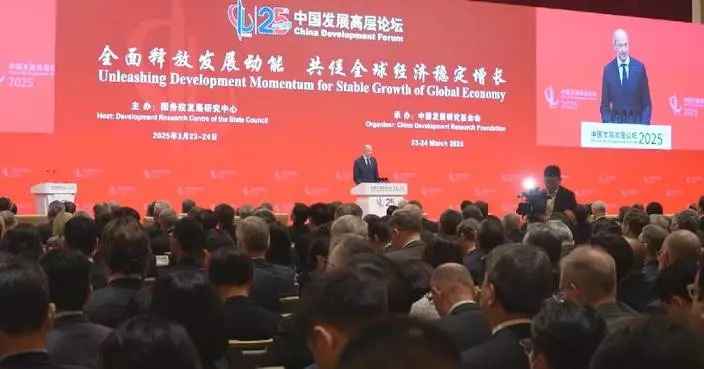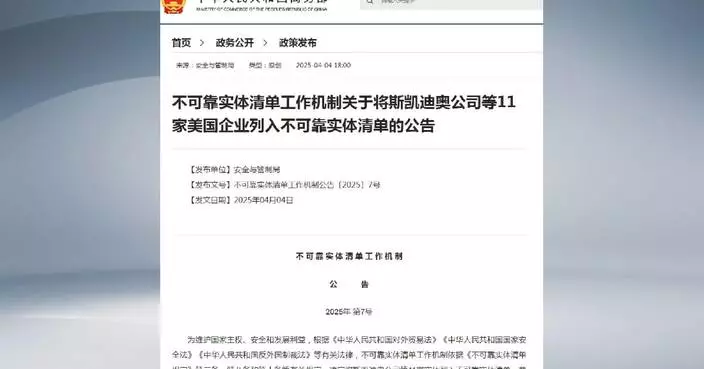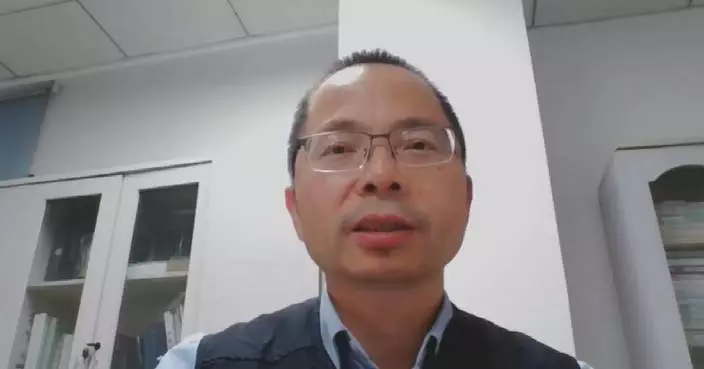The world's first open-source general-purpose full-size humanoid robot made its debut at the 2024 World AI Conference (WAIC) in Shanghai on Thursday.
Named Healthy Loong, the full-size humanoid robot is independently developed by the Shanghai-based National and Local Co-Built Humanoid Robotics Innovation Center. Standing at 180 centimeters tall and weighing 80 kilograms, the humanoid robot confidently walked onto the stage and, guided by the staff's voice instructions, performed the desk cleaning task.
Healthy Loong features highly lifelike body structure and human-like motion control, equipped with robust movement functions including stable walking on slopes and resistance to impact interference, making it an ideal embodiment of general artificial intelligence.
Meanwhile, a general-purpose humanoid robot intelligent training ground and an open-source community website for robots were also launched at the event.
"We have released the full stack technology related to humanoid robots to the public as open source, including the brain, cerebellum, and limb technologies. In the next five to 10 years or even longer, it will allow for greater applications in areas such as household services and caregiving," said Xu Bin, general manager of the innovation center.
Themed "Governing AI for Good and for All" this year, the four-day WAIC officially kicked off on Thursday, attracting more than 500 exhibitors including global giants like Tesla and Microsoft with over 1,500 innovative products being showcased.

World’s first open-source general-purpose humanoid robot makes debut at WAIC 2024

World’s first open-source general-purpose humanoid robot makes debut at WAIC 2024







